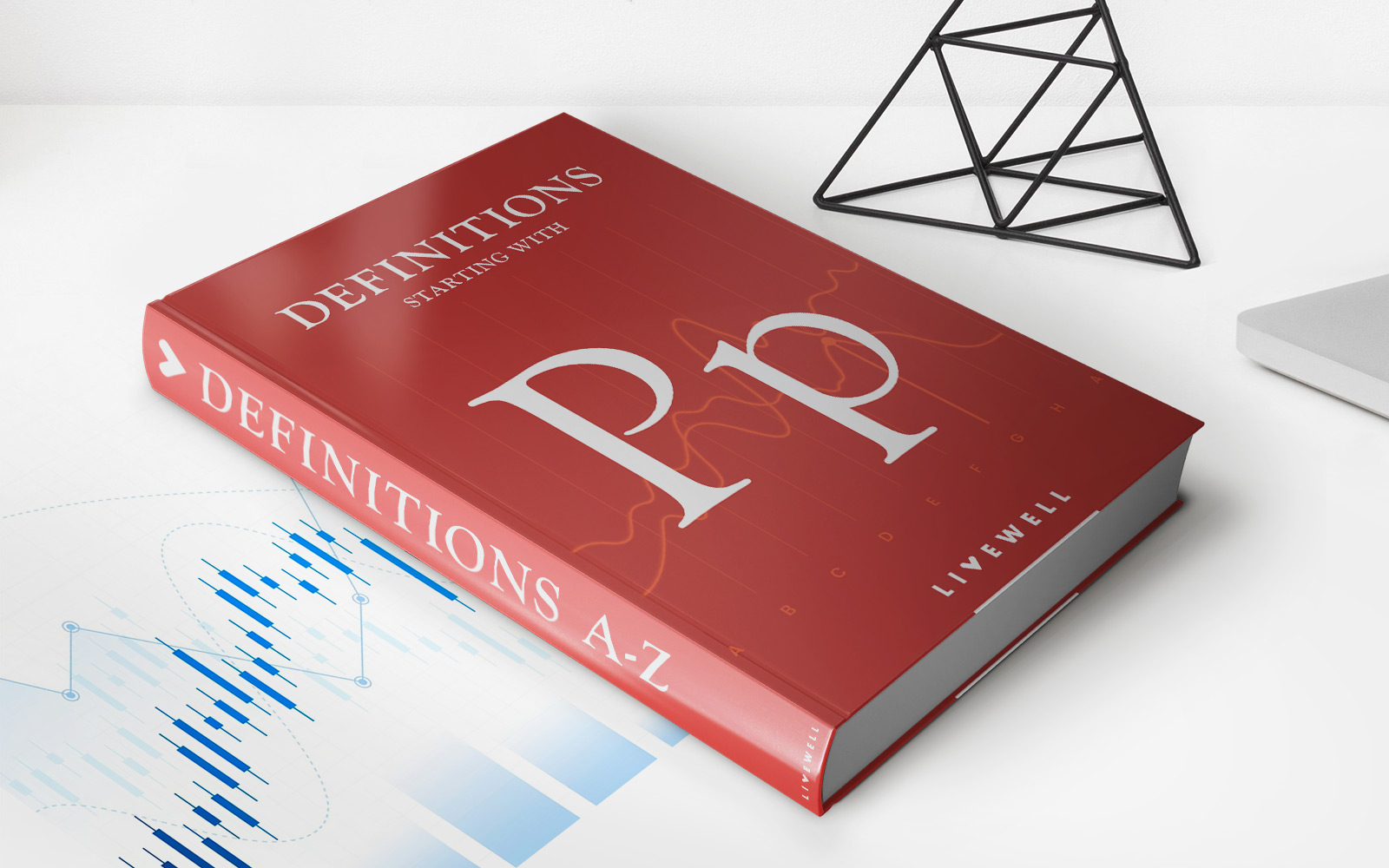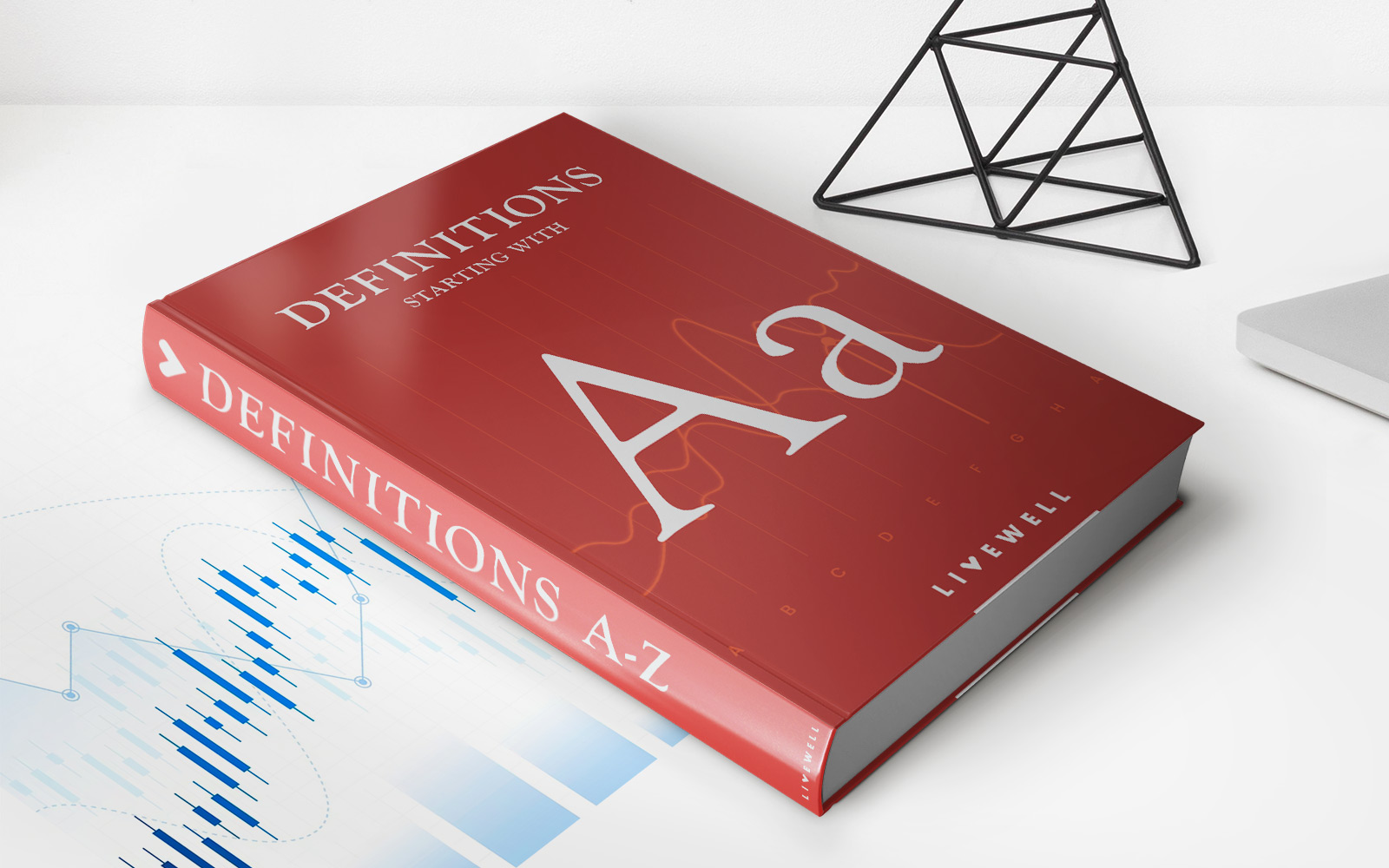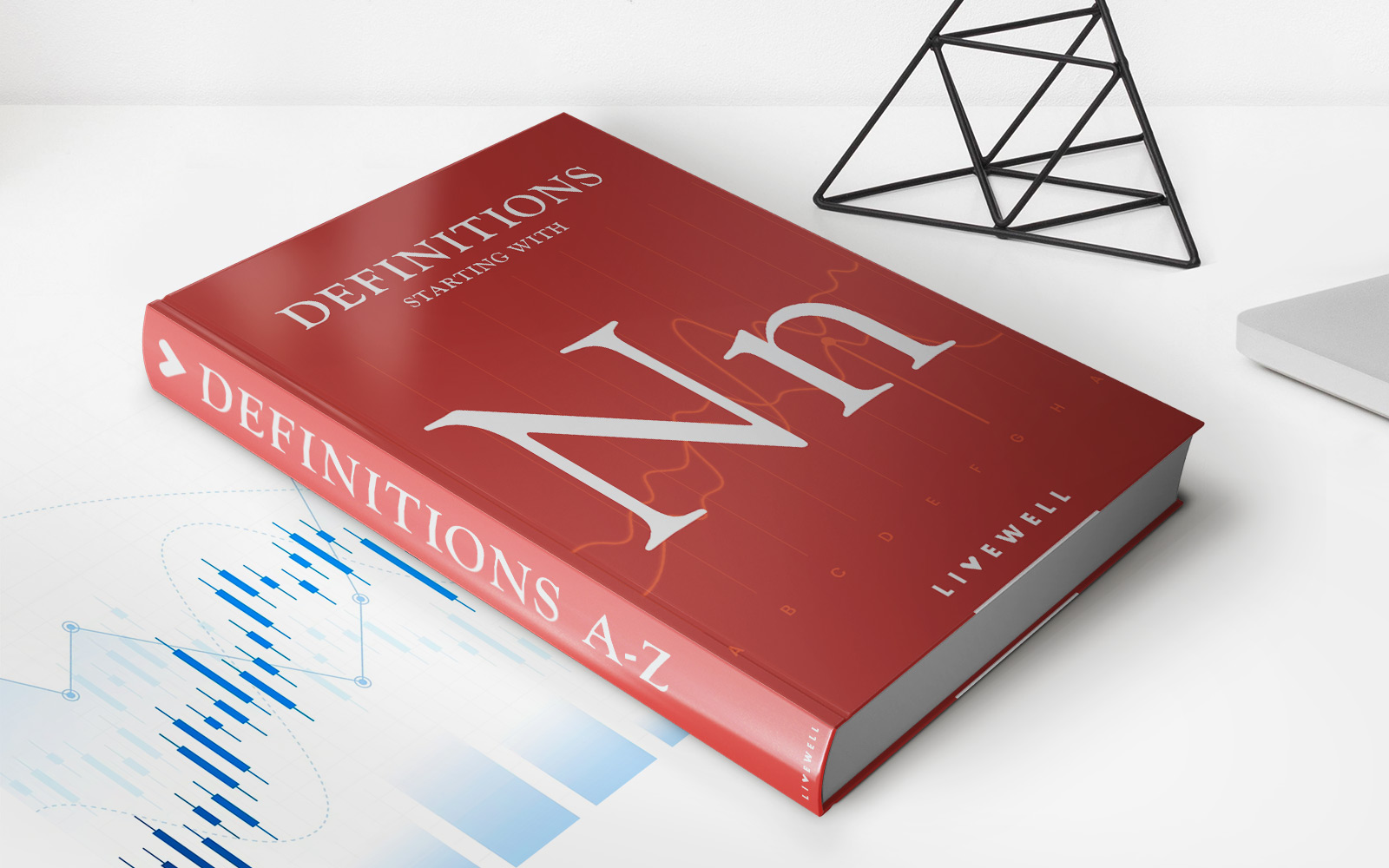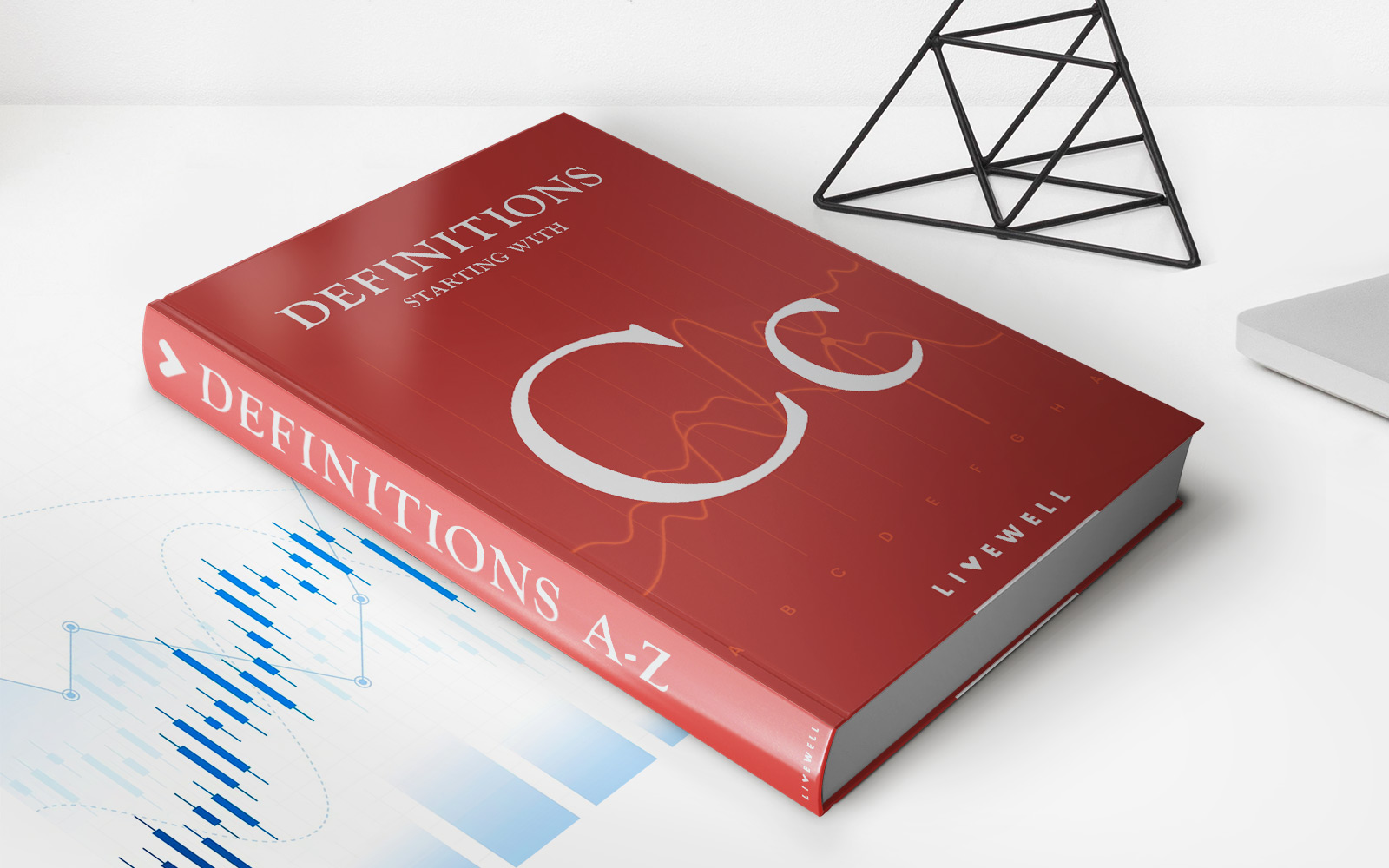

Finance
What Is The Available Credit On A Credit Card
Modified: March 5, 2024
Discover what the available credit on your credit card can do for your finances. Learn how to manage and utilize this valuable resource wisely.
(Many of the links in this article redirect to a specific reviewed product. Your purchase of these products through affiliate links helps to generate commission for LiveWell, at no extra cost. Learn more)
Table of Contents
Introduction
Welcome to our comprehensive guide on credit cards and understanding the concept of available credit. Credit cards have become an integral part of our financial lives, offering convenience and flexibility in managing our expenses. However, it is essential to have a clear understanding of how credit cards work and how the concept of available credit plays a crucial role in managing your finances effectively.
In this article, we will delve into the world of credit cards and demystify the concept of available credit. We will explore how available credit is calculated, the factors that affect it, and the benefits of monitoring your available credit. Additionally, we will provide you with some valuable tips on managing your available credit responsibly.
Whether you are a seasoned credit card user or new to the world of credit, this guide will equip you with the knowledge and tools necessary to make informed decisions and maintain a healthy credit card balance. So, let’s dive in and discover the intricacies of available credit and how it impacts your financial well-being.
Understanding Credit Cards
Credit cards are financial tools that allow individuals to make purchases, borrow money, and build credit history. They provide a line of credit that can be used for various transactions, including online purchases, retail purchases, and bill payments.
When you use a credit card, you are essentially borrowing money from the bank or credit card issuer. The borrowed amount is added to your credit card balance, which needs to be repaid either in full or through minimum monthly payments. However, unlike loans, credit cards offer a revolving credit line, allowing you to reuse the available credit as you pay off the balance.
One of the key features of credit cards is the ability to earn rewards or cashback on your purchases. These rewards can range from travel points, cashback on specific categories, or discounts on partner merchant purchases. Many credit card issuers also offer introductory 0% APR (Annual Percentage Rate) for a certain period, making it an attractive financing option.
It is important to note that credit cards come with certain terms and conditions, including interest rates, annual fees, late payment charges, and credit limits. Understanding these terms is crucial to manage your credit card effectively and avoid any unnecessary fees or penalties.
Now that we have a basic understanding of credit cards, let’s explore the concept of available credit and its significance in managing your finances.
What is Available Credit?
Available credit refers to the amount of credit that you have available to use on your credit card. It represents the difference between your credit limit and your current credit card balance. In simpler terms, it is the maximum amount you can charge on your credit card without exceeding your credit limit.
For example, if your credit card has a total credit limit of $5,000 and your current balance is $1,500, then your available credit would be $3,500 ($5,000 – $1,500). This means you still have $3,500 of credit available to use for future purchases or cash advances.
Available credit is a vital aspect of managing your credit card responsibly. It allows you to keep track of how much credit you have left to use and helps you avoid exceeding your credit limit. By staying within your available credit, you can maintain a healthy credit utilization ratio, which is an important factor in determining your credit score.
It’s important to note that your available credit is not a reflection of your ability to make payments or your current financial situation. It is simply a measure of the credit that is available to you on your credit card at any given time.
In the next section, we will explore how available credit is calculated and the factors that can affect it.
How is Available Credit Calculated?
The calculation of available credit on a credit card is relatively straightforward. It is determined by subtracting your current credit card balance from your credit limit.
Here’s an example to illustrate the calculation:
- Credit Limit: $10,000
- Current Balance: $2,500
In this scenario, your available credit would be:
$10,000 (Credit Limit) – $2,500 (Current Balance) = $7,500 (Available Credit)
It’s important to note that your available credit can fluctuate based on your credit card activity. Any charges or purchases made on your credit card will increase your current balance and reduce your available credit. Conversely, making payments towards your credit card balance will decrease your current balance and increase your available credit.
It’s common for credit card issuers to update your available credit in real-time or on a daily basis. This ensures that you have the most up-to-date information on your remaining credit limit.
Understanding how available credit is calculated can help you manage your credit card usage more effectively. By keeping an eye on your available credit, you can make informed decisions about your spending and avoid surpassing your credit limit, which can result in penalties or declined transactions.
In the next section, we will discuss some factors that can impact your available credit.
Factors Affecting Available Credit
Several factors can affect the amount of available credit on your credit card. It’s essential to understand these factors as they can impact your ability to make purchases or access credit when you need it. Here are some key factors that can affect your available credit:
- Credit Utilization: Your credit utilization ratio is the percentage of your available credit that you are currently using. If your credit card balance is high relative to your credit limit, it can reduce your available credit. It is generally recommended to keep your credit utilization below 30% to maintain a healthy credit score and maximize your available credit.
- Recent Transactions: Any recent charges or purchases you make on your credit card will increase your current balance and reduce your available credit. It’s important to be mindful of your spending and consider the impact it will have on your available credit.
- Payments and Credits: Making payments towards your credit card balance will decrease your current balance and increase your available credit. On the other hand, receiving credits or refunds on your credit card can also increase your available credit.
- Credit Limit Changes: If your credit card issuer increases or decreases your credit limit, it will directly impact your available credit. A higher credit limit will result in more available credit, while a lower credit limit will reduce your available credit.
- Balance Transfers and Cash Advances: Balance transfers or cash advances may also impact your available credit. These transactions can increase your current balance and reduce your available credit, depending on the terms and conditions set by your credit card issuer.
Monitoring these factors and understanding how they affect your available credit is essential for maintaining good credit card management. By being aware of your current credit balance, credit utilization, and making timely payments, you can ensure that you have sufficient available credit for your financial needs.
In the next section, we will explore the benefits of monitoring your available credit.
Benefits of Monitoring Available Credit
Regularly monitoring your available credit can provide you with several benefits and help you maintain healthy financial habits. Here are some key advantages of keeping a close eye on your available credit:
- Financial Planning: Monitoring your available credit allows you to plan and budget your expenses effectively. By knowing how much credit you have left, you can prioritize your spending and make informed decisions about purchases or payments.
- Control Credit Utilization: By tracking your available credit, you can keep your credit utilization ratio in check. Maintaining a low credit utilization ratio is crucial for a good credit score. High credit utilization can negatively impact your creditworthiness and make it difficult to access credit in the future.
- Avoid Overlimit Fees: If you exceed your credit limit, you may be charged overlimit fees by your credit card issuer. By monitoring your available credit, you can avoid going over your credit limit and incurring these additional fees.
- Early Fraud Detection: Monitoring your available credit can also help you detect any unauthorized transactions or fraudulent activities on your credit card. By reviewing your available credit regularly, you can quickly identify and report any suspicious charges to your credit card issuer.
- Improve Financial Health: Keeping a close watch on your available credit is essential for maintaining your overall financial health. It allows you to be mindful of your credit card usage, make timely payments, and prevent excessive debt accumulation.
Remember, the benefits of monitoring your available credit go beyond just the convenience of tracking your spending. It plays a crucial role in building a strong credit profile, protecting yourself from fraud, and maintaining control over your financial well-being.
Now that we understand the benefits of monitoring available credit, let’s move on to some tips for managing available credit effectively.
Tips for Managing Available Credit
Managing your available credit responsibly is essential for maintaining a healthy financial standing. Here are some tips to help you effectively manage your available credit:
- Monitor Your Credit Card Activity Regularly: Keep a close eye on your credit card statements and track your transactions regularly. This will help you identify any unauthorized charges or errors and take appropriate action.
- Create a Budget: Establish a budget that includes your credit card expenses. Set limits on your spending and ensure that you stay within your means. This will help you avoid overspending and maintain control over your available credit.
- Pay Your Balance in Full: Whenever possible, try to pay off your credit card balance in full each month. This will not only help you avoid interest charges but also ensure that you are not carrying debt from month to month.
- Make Timely Payments: Pay your credit card bill on time to avoid late payment fees and potential damage to your credit score. Set up automatic payments or reminders to ensure that you never miss a payment deadline.
- Keep Credit Utilization Low: Aim to keep your credit utilization below 30% of your available credit limit. This will help you maintain a good credit score and maximize your available credit for future needs.
- Avoid Cash Advances: Cash advances on your credit card often come with high-interest rates and additional fees. Whenever possible, avoid using your credit card for cash advances, as it can quickly eat into your available credit.
- Communicate with your Credit Card Issuer: If you anticipate any upcoming large expenses or need a temporary increase in your credit limit, consider reaching out to your credit card issuer. They may be able to accommodate your request and provide you with additional available credit.
- Consider Credit Limit Increases: As your financial situation improves, you can request a credit limit increase from your credit card issuer. A higher credit limit will provide you with more available credit, but only if you can maintain responsible usage.
By following these tips, you can effectively manage your available credit and maintain a healthy financial balance. Remember, responsible credit card usage and diligent monitoring of your available credit will benefit your overall financial well-being in the long term.
Now, let’s conclude our discussion on available credit.
Conclusion
Understanding and managing available credit on your credit card is essential for maintaining healthy financial habits. By monitoring your available credit, you can effectively track your spending, control your credit utilization, and make informed decisions about your financial activities. This helps you maintain a good credit score, avoid overlimit fees, and detect any fraudulent transactions.
Remember to regularly review your credit card statements, create a budget, and make timely payments to keep your available credit in check. Additionally, aim to keep your credit utilization ratio below 30% and avoid cash advances whenever possible. By following these tips, you can manage your available credit responsibly and enjoy the benefits of a solid credit profile.
Keep in mind that credit card issuers may periodically review your credit history and adjust your credit limit. If your financial situation improves, you may also consider requesting a credit limit increase to have more available credit. However, always use this additional credit responsibly and within your means.
In conclusion, by understanding how available credit works and implementing strategies to manage it effectively, you can maintain a healthy financial balance and enjoy the benefits of responsible credit card usage. So, keep a close eye on your available credit, make wise financial decisions, and take control of your financial future.














